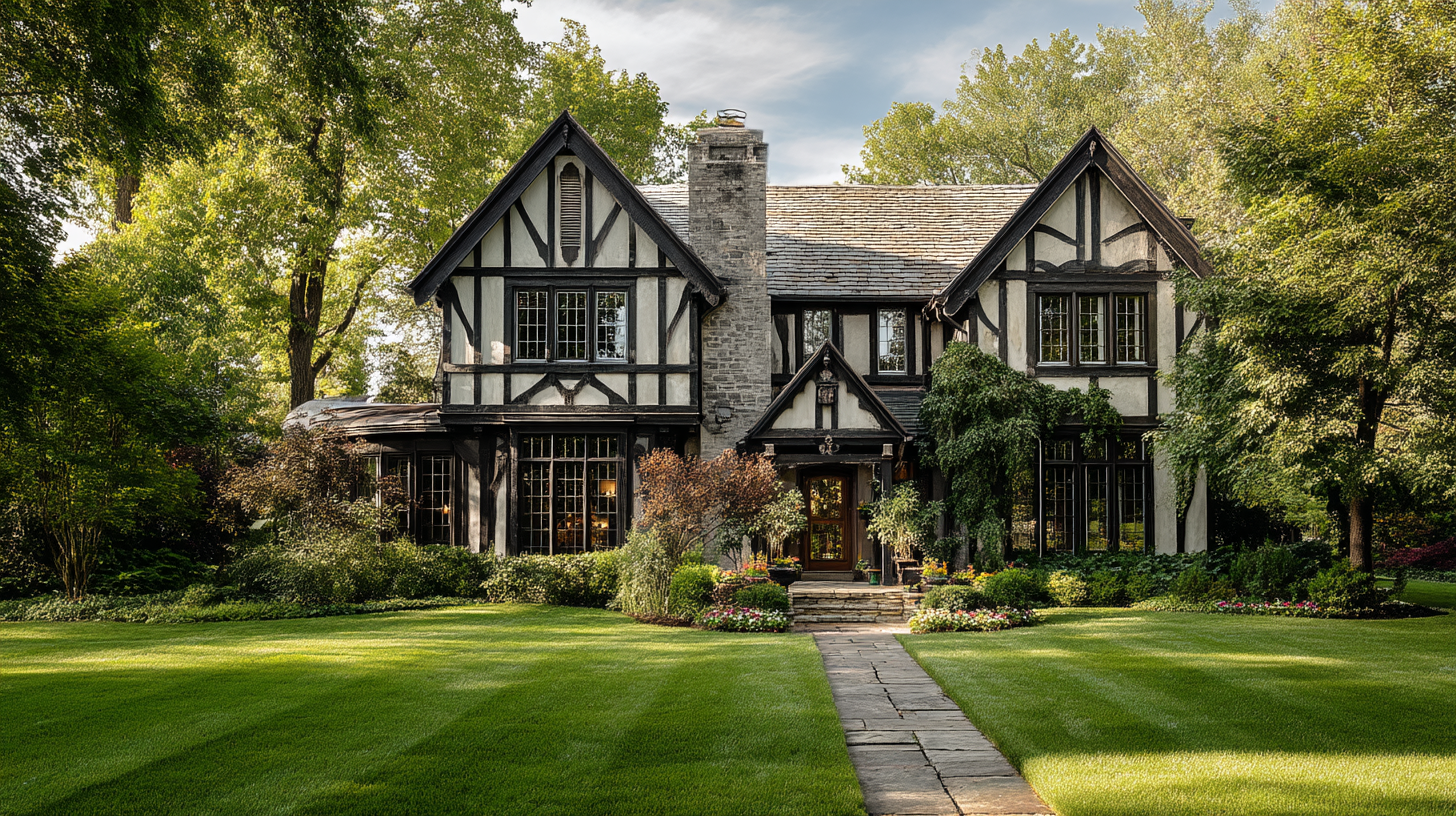Best Month to Sell a House in 2025: When to List to Maximize Returns and Speed

Selling a home is about timing, strategy, and clarity. If you list during the optimal selling window, you’ll face higher buyer demand, more competition, and a stronger chance of a successful sale. But timing alone doesn’t guarantee success, local market conditions, personal circumstances, and selling method all play huge roles. In this guide we’ll break down the best month to sell a house in 2025, explain how seller’s market vs buyer’s market dynamics affect your outcome, and show you how to sell a house effectively, even outside peak months.
Why Timing Still Matters in the Real Estate Market
When you decide to sell a house, your timing interacts with the broader housing market trends. That’s because many buyers tend to plan moves around school schedules, weather, and personal goals. As seasons change, potential buyers shift their focus. In house spring, many buyers search aggressively. In winter months, fewer buyers are active.
A well‑timed listing can command a higher market value, attract serious home buyers, and reduce how long a property sits on the market. In a seller’s market, timing can amplify your advantage. In a buyer’s market, timing can help you avoid getting stuck with a stagnant listing. Working closely with a real estate agent can also greatly influence your selling success by helping you navigate market conditions and the buying process.
What the Data Says: Best Months to Sell a House in 2025

Why Spring (April to June) Leads the Pack
Empirical data consistently shows that the best month to sell a house falls within spring or early summer. According to Bankrate’s 2025 analysis, homes sold in May achieve an average seller premium of 13.1 percent over their estimated value. Meanwhile, Realtor.com designates the week of April 13–19 as the top listing week in 2025, scoring that week highest across metrics like buyer demand, number of new listings, pace, and pricing pressure, including condo sales.
Zillow’s 2025 guide backs this up: they find that homes listed in late May (the optimal selling window) often net 1.6 percent more than other times. Another source, TheClose, notes that May to June typically combines high buyer demand, low housing inventory, and strong pricing trends.
So why does spring outperform other seasons?
- The weather is more favorable, easing house hunting and improving curb appeal.
- Longer daylight hours increase viewing opportunities, allowing potential buyers to see your home in the best light.
- Many buyers, especially families, want to be settled before the school year begins.
- Tax refunds and financial positioning often give buyers more spending power.
- In spring, new listings are fewer compared to summer months, so you face less competition.
In short, spring is when buyer demand peaks while competition has not yet fully saturated the market.
May: The Seller’s Sweet Spot
Because May sits in the heart of spring, it tends to deliver top results. According to ATTOM’s historical data (via Bankrate), May yields some of the highest seller premiums, beating estimates of market value by double-digit margins. RealEstateNews likewise reports that late May often captures the highest sales prices relative to value estimates.
In many markets, homes sold in May outperform listing expectations, sometimes drawing multiple offers and pushing higher home prices. While more buyers enter the market, so do many sellers, making inventory denser, but often the surge in buyer demand outweighs the pressure from extra competition. This leads to quicker sales and increased foot traffic at open houses.
What About the Other Seasons? Pros, Cons, and Realities

Early Spring (March & Early April)
If you list in March or early April, you can get a head start before many sellers jump in. The upside: less competition, standout visibility, and catching motivated buyers early. The downside: inventory is still low, and buyer interest may not yet be fully primed. In some markets the best week (April 13–19) is preceded by this build-up.
Summer through Early Fall (July, August, September)
Summer (July–August) and early fall (September) still draw house hunting activity, vacationers return from summer vacations, and many buyers resume searches. However, buyer demand often softens, and more sellers list homes, creating less competition benefits. According to TheClose, the period from April through October is broadly favorable, but May and June typically outshine the rest.
As the season progresses and temperatures drop, sales prices tend to plateau or slowly decline. Days on market rise, and potential buyers become more selective. Still, for homeowners who missed spring, August to October is often the “second wave” chance.
Winter Months (November, December, January, February)
Winter typically sees decreased buyer activity. Holiday distractions, weather challenges, and shorter daylight hours all suppress buyer interest. Many home sellers avoid winter listing because fewer buyers, more inventory, and downward pricing pressure make achieving a successful home sale more difficult.
That said, if you're in a hurry or constrained by personal circumstances, you can still sell a house by focusing on buyers who must move, highlighting cozy appeal, and pricing aggressively. In some tighter markets, inventory is sparse even in winter, which can reduce downward pressure. But expect tradeoffs: lower median sale price, longer time on market, and more negotiation.




